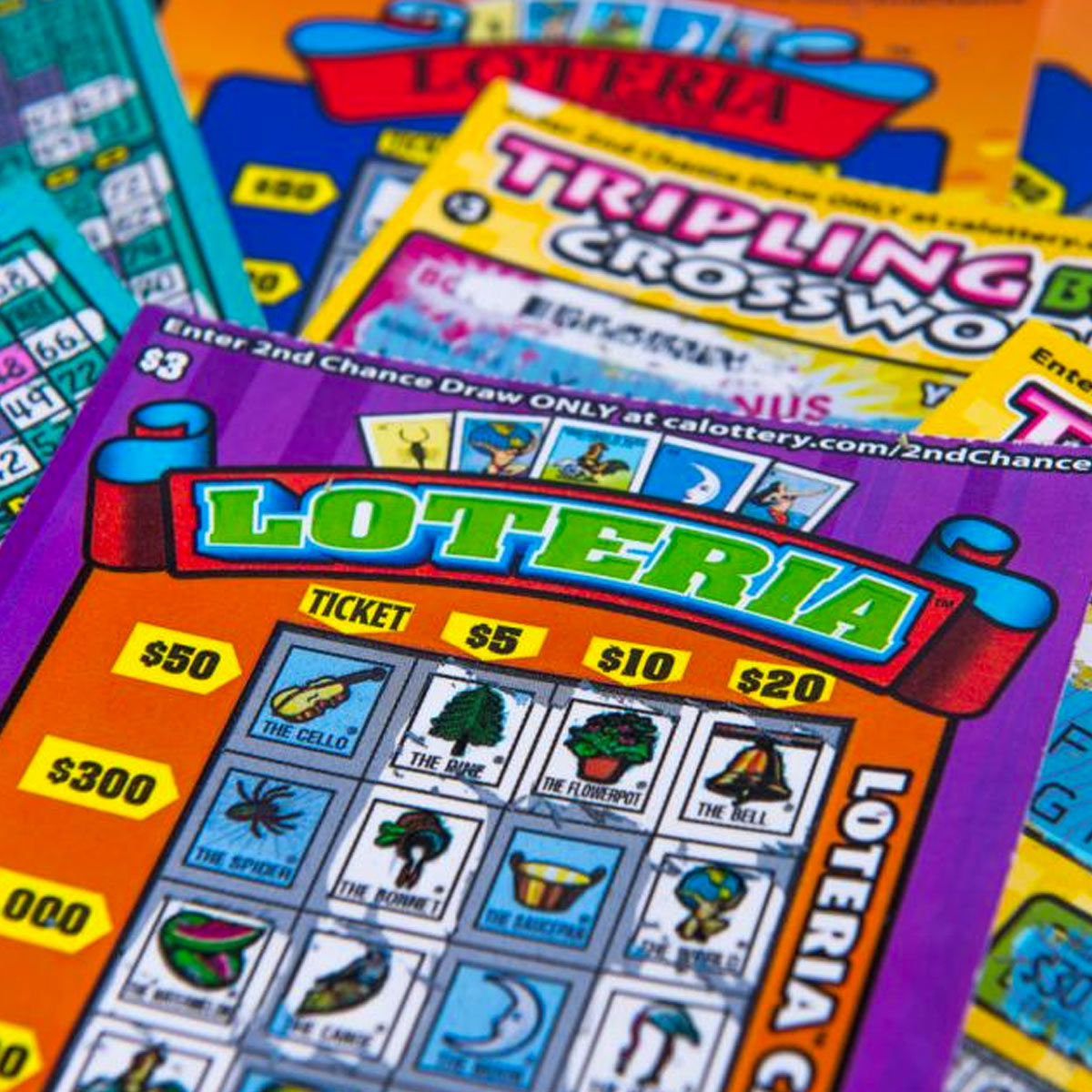
The lottery is a form of gambling in which people purchase tickets for the chance to win a prize. It is common in many countries and contributes billions to government revenues each year. However, the odds of winning are very low. Nevertheless, many people play the lottery for fun or as a way to improve their lives. The lottery has become an integral part of the American culture and is often defended by those who argue that it is a safe and convenient alternative to paying taxes. Despite the popularity of the lottery, it is important to understand how it works before participating in one.
The idea of drawing lots to determine ownership or other rights is recorded in many ancient documents, including the Bible. In the fourteenth century, it became a popular practice in Europe, and eventually made its way to America when King James I of England established a lottery to fund his Jamestown settlement. Lotteries continued to be a popular form of raising funds in colonial era America, and helped to finance projects such as paving streets, building wharves, and even building Harvard and Yale.
Modern state-run lotteries were born in the nineteen sixties, as a rising population, inflation, and war costs combined to make balancing the budget increasingly difficult for many states. In response, politicians discovered that by introducing a state-run lottery they could raise enough money to maintain services without the burden of raising taxes or cutting programs that were unpopular with voters. These “budgetary miracles,” as Cohen calls them, turned the lottery into a major source of state revenue.
In addition to the drawing, the lottery requires a mechanism for collecting and pooling all stakes, or bets. This can be accomplished by a hierarchy of sales agents who pass the money paid for tickets up through the organization until it is “banked,” or added to the total amount that might be won. It is also common for national lotteries to divide the total prize into fractions, usually tenths, and sell them individually for relatively small stakes.
Lottery players as a group spend billions in exchange for the chance to win hundreds of millions of dollars, which can be used for almost any purpose. Yet this spending represents a very low risk-to-reward ratio for most participants, and it diverts funds that they could have invested in other activities such as saving for retirement or paying for college tuition. Moreover, the marketing of lottery products tends to focus on neighborhoods that are disproportionately poor, black, or Latino.
The short story “The Lottery” by Shirley Jackson depicts a small village in which the local people live within a strict set of customs and traditions. The events that unfold in the story show that humans have a continuous evil nature, regardless of how friendly or relaxed they may appear to be. This evil is evident in the way the villagers treat each other, as they behave with each other without any regard for the consequences of their actions.